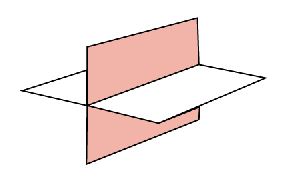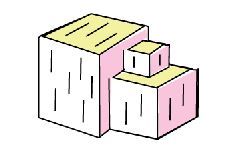Geol 101 - Mineral Identification
1/22
There's no tags or description
Looks like no tags are added yet.
Name | Mastery | Learn | Test | Matching | Spaced |
|---|
No study sessions yet.
23 Terms
What is a mineral?
a naturally occurring inorganic substance that is solid at room temperature and has a distinct chemical composition + well-defined crystalline structure.
How many common rock-forming minerals are there?
Less than 30. (95% of Earth’s Crust)
Crystalline Structure
Arrangement of atoms that is repeated to form a mineral grain.
Crystal Habit
Crystals that grow slowly in open space to develop a characteristic form.
How many mineral groups are there?
8
How are the mineral groups sorted by?
Chemical Composition
Ferromagnesian Silicates
Iron/Magnesium that is dark colored; dense.
Non-ferromagnesian Silicates
Calcium/Aluminum/Potassium that is light colored; light weight
What are diagnostic physical properties?
Hardness, luster, streak, specific gravity, cleavage/fracture, tenacity and special properties.
Hardness
ability of a solid substance to resist permanent deformation when subjected to a compressive force.
Diaphaneity
Passage of light through a mineral.
Transparent
Translucent
Opaque
Color
Useful when looking at distinctive coloration that can be used for identification.
Streak
a small sample is dragged across a sample of an unglazed ceramic plate, leaving a streak of powdered material. The streak reveals the actual color of a mineral.
Tenacity
Toughness; how the mineral behaves in response to bending.
Cleavage
How a mineral breaks along one or more weak planes within the crystalline structure.
Fracture
Minerals breaking roughly; no flat surfaces.
Crystal Shape/Habit
geometric form that displays how a crystal grew under unobstructed conditions.
Luster
the way that light reflects, or doesn’t, from the surface of a material.
How to identify an unknown mineral sample?
Look at the mineral ID chart for luster
Examine fractures/cleavage
Estimate hardness

How many cleavages does this mineral have?
One; Samples are split into thin sheets along that one plane.


How many cleavages does this mineral have?
Two; Samples are split into thin sheets along two planes.


How many cleavages does this mineral have?
Three; Right angles right to each other, breaks into cubes.


How many cleavages does this mineral have?
Three; Not right angles, breaks into rhombohedrons.
